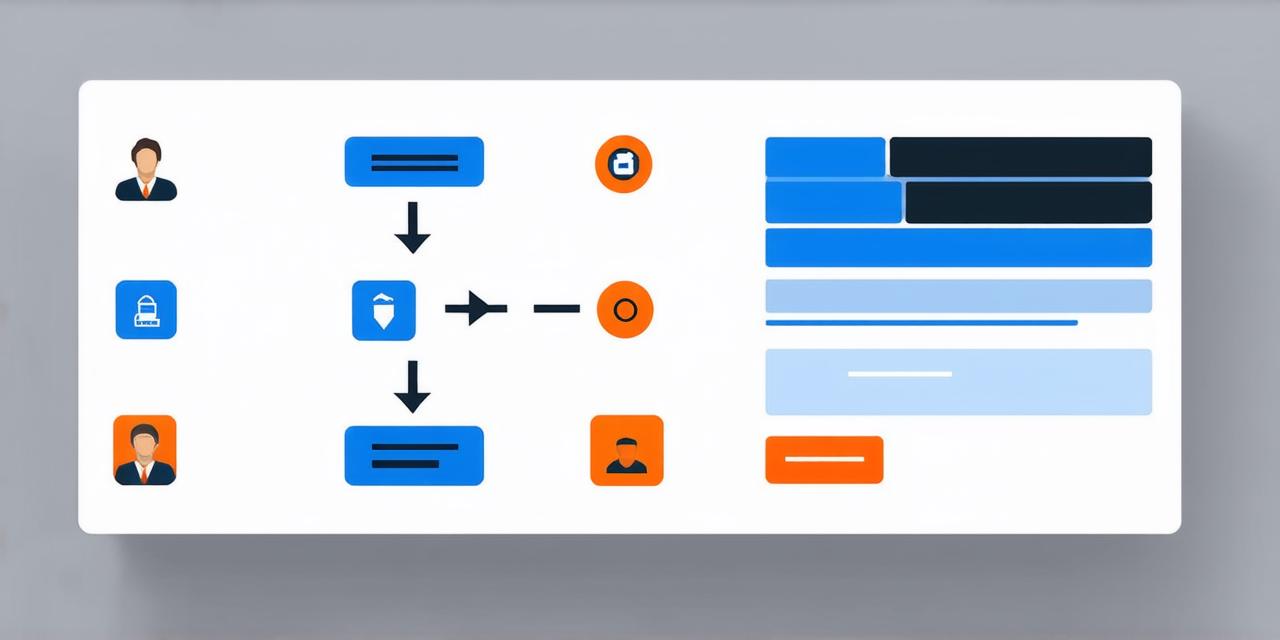As organizations continue to grow and evolve, they often create teams to help manage their operations. There are two main types of teams: project teams and functional teams. While both types have similar goals, there are some key differences between them. In this article, we’ll explore the characteristics of each type of team and how they work together to achieve their objectives.
Project Teams
Project teams are temporary groups of people who come together to work on a specific project or task. Their primary goal is to deliver a product, service, or outcome that meets the needs of their stakeholders. Project teams typically have a defined start and end date, and their members are chosen based on their expertise in the areas required to complete the project successfully.
The characteristics of project teams include:
- Temporary nature: Project teams are formed for a specific purpose and disband once the project is completed.
- Cross-functional: Project teams often include members from different departments or areas of expertise, such as marketing, design, and engineering.
- Focus on results: Project teams have a clear goal in mind and are measured based on their ability to deliver that goal within the established timeframe.
Functional Teams
Functional teams, also known as departmental teams, are groups of people who work together in a specific area of an organization. Their primary goal is to provide ongoing support for the business operations, such as sales, marketing, or finance. Functional teams typically have a more long-term focus and may include members from different levels of the organization hierarchy.
The characteristics of functional teams include:
- Ongoing nature: Functional teams exist indefinitely, working on various projects within their area of expertise.
- Specialized knowledge: Functional team members have a deep understanding of their specific department or field and are often responsible for maintaining that knowledge base.
- Collaboration with other departments: Functional teams often work closely with other functional teams to achieve common goals.
Collaboration between Project Teams and Functional Teams
While project teams and functional teams have different objectives, they must collaborate to ensure that the organization’s overall goals are met. This collaboration can take many forms, including:
- Joint goal setting: Project teams and functional teams may work together to set common goals and develop plans for achieving those goals.
- Resource sharing: Functional teams may provide resources such as personnel, equipment, or expertise to project teams as needed.
- Communication and coordination: Both types of teams must maintain open communication channels to ensure that they are working towards the same objectives.
Conclusion
In conclusion, project teams and functional teams are two distinct types of teams with different objectives and characteristics. While project teams are temporary and focused on delivering a specific outcome, functional teams are more long-term and focused on supporting ongoing business operations. To achieve success in any organization, it is essential to understand the unique strengths and weaknesses of each type of team and how they can work together to achieve common goals.
